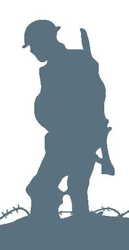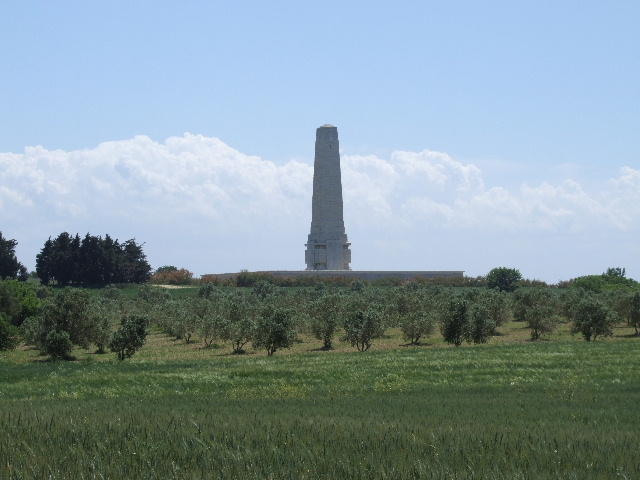Name
George Albert Canning
5th March 1882
Conflict
First World War
Date of Death / Age
25/04/1915
33
Rank, Service Number & Service Details
Serjeant
7607
Essex Regiment
1st Bn.
Awards: Service Medals/Honour Awards
Not Yet Researched
Cemetery/Memorial: Name/Reference/Country
HELLES MEMORIAL
Panel 144 to 150 or 229 to 233.
Turkey (including Gallipoli)
Headstone Inscription
NA
UK & Other Memorials
High Wych Memorial,
Not on the Sawbridgeworth memorials
Pre War
George was born on 5th March 1882 in Harlow, Essex, the youngest child of Moses Canning of Allens Green, a farm worker, and his wife Emma. He was recorded as being born in Harlow, Essex and living in Sawbridgeworth when he enlisted in Warley, Essex.
He was a professional soldier. At the time of the 1911 census he was a corporal in the Essex Regiment and stationed in India.
Wartime Service
Upon the outbreak of the Great War, George was brought back to England where he served with the 1st Essex Regiment.
In early 1915 the Essex Regiment became part of the 29th Division and the Mediterranean Expeditionary Force.
On 25 April 1915 at 0930, the 1st Essex landed at Y Beach (actually a cliff, which led to the soldiers commenting, ‘Why Beach?) at Cape Helles. Unlike the other landings that day which were bloody with huge casualties, the Y Beach landings were virtually unopposed. However, instead of advancing, the commander chose to consolidate at the beachhead and wasted a valuable opportunity for a major victory. There was still some opposition though, and the 1st Essex lost 18 killed that day, one of whom was George Canning.
The 29th division took part in the Battle of Gallipoli from the first landings until the eventual withdrawal.
Gallipoli was an ultimately disastrous campaign to capture control of the Dardanelles from the Turks, or Ottomans as they were then known. George’s unit was one of the first to land at Cape Helles on the Gallipoli peninsula. Sadly the Turks being forewarned were well prepared and the landing parties were decimated. Thousands died on the day most memorably Australians and New Zealanders known as the ANZAC Day. Incredibly some Allied Forces held on until 7th January 1916. During that period some 175.00 Turkish and 188.000 soldiers died. Amongst those were 120.000 British men. Sergeant Canning was killed in action and his final resting place is not known. His name is amongst those of many of his comrades inscribed on one of the panels of the Helles memorial.
Acknowledgments
Jonty Wild, Theo van Bilt, Douglas Coe



